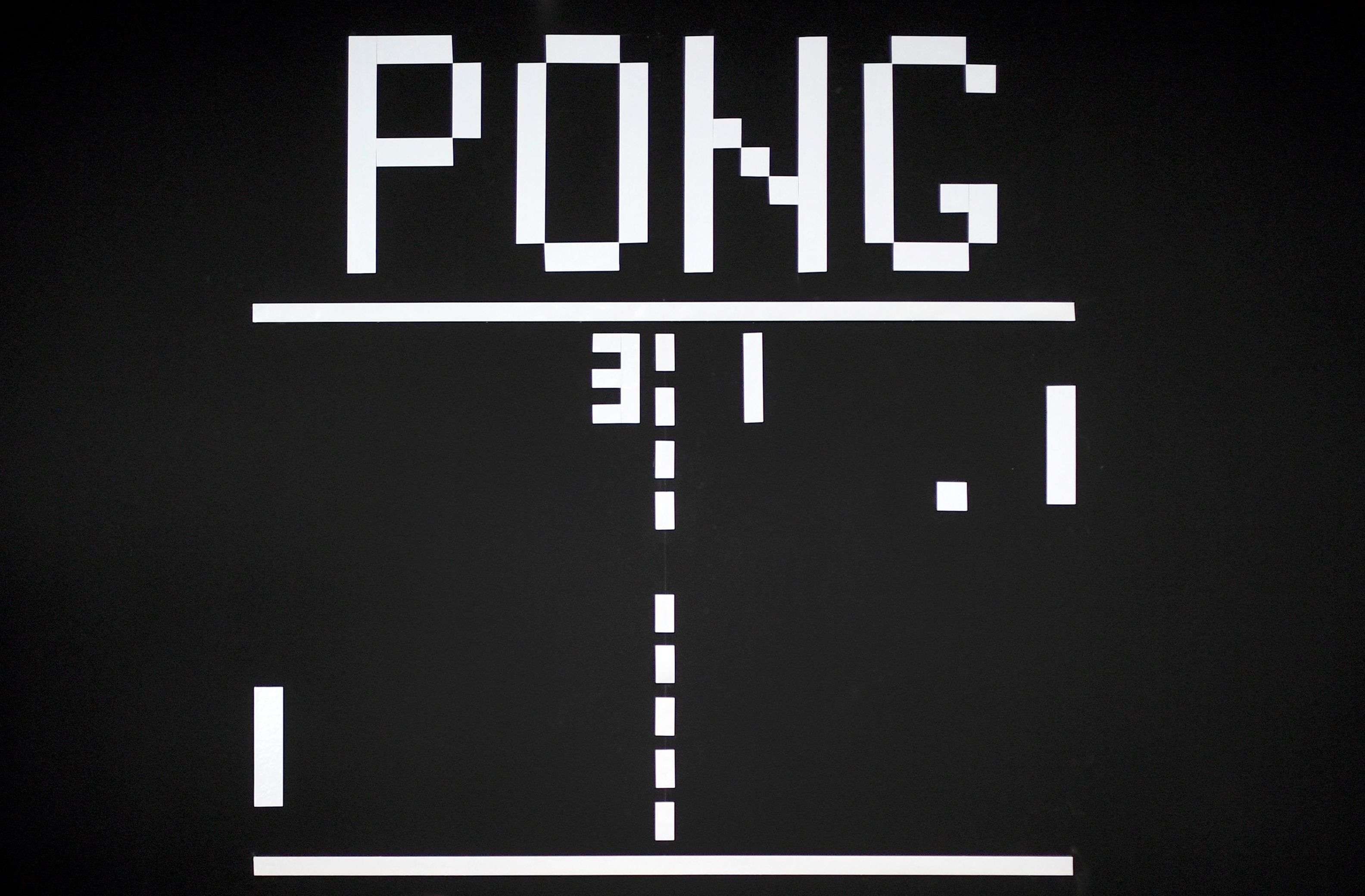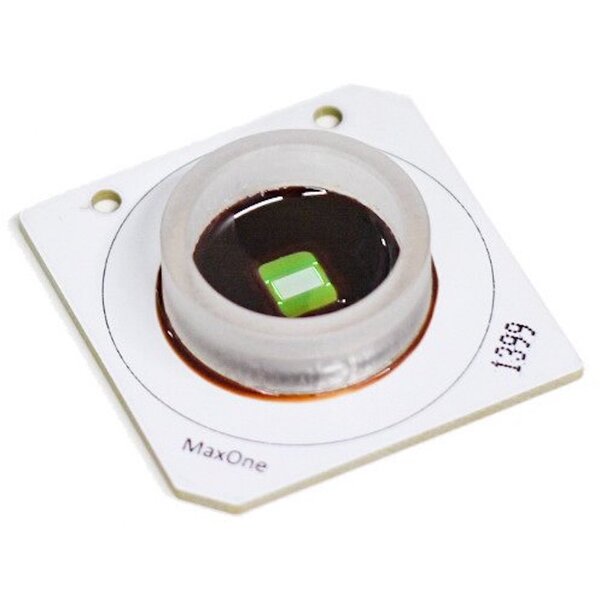Create a free profile to get unlimited access to exclusive videos, sweepstakes, and more!
Mindless gaming! Brain cells in petri dish learned to play Pong
Finally, we can grow our own player 2!

Artificial intelligence, once inhabiting only our imaginations, is now a surprisingly mundane part of our everyday lives. Virtual assistants on our phones or at-home devices help us make appointments, answer questions, and control appliances. Yet, there’s a considerable gap between the A.I.s of the real world and those in our fiction.
Crafting an artificial general intelligence (AGI), one capable of learning to perform novel tasks in real time, has been a challenge for scientists attempting to recreate human intelligence in machines. That’s why some scientists are taking a different approach by using biological materials. If we know that neurons are good at processing information and learning — and we have pretty good evidence that they are — then there’s no need to reinvent the wheel, so to speak. Why design a computer or program to act like a brain when you can just build a brain, or at least a reasonable facsimile of one.
That’s the basic premise behind DishBrain, a collection of neurons attached to an electrode array, designed and constructed by Brett Kagan, Hon Weng Chong, and colleagues, at Cortical labs in Melbourne Australia.
DishBrain consists of about 800,000 neurons and receives electrical stimulation to tell it about its environment. In the case of this study, that environment is digital and would be familiar to anyone with even a passing knowledge of video game history. See, the team at Cortical labs taught DishBrain to play Pong. More accurately, DishBrain taught itself in real time, and in only five minutes. The results of the team’s study are available from the preprint server bioRxiv.
“With the search for artificial intelligence — the idea that can silicon show general intelligence — we don't know if that's even possible," Kagan told SYFY WIRE. “With biological neurons we know they can be used to learn because, as living creatures, we use them to learn every day. The amazing part is we've managed to do it outside the body which means we've started to unpack and understand what the foundation of intelligence is."
The team was careful to clarify that there’s no indication that DishBrain has awareness of any sort of personal experience in the way we might understand it. Instead, they’ve used the word sentient to refer to the neurons’ ability to take in stimulation and respond to it. Kagan compared DishBrain’s neural complexity to that of an Australian cockroach, which has roughly the same number of neurons.
Importantly, the neurons that make up DishBrain exist in a flat 2D plane, which necessarily limits the number of connections it can make when compared to the 3D structure of a brain.
“On a flat plane, connections likely approximate the number of cells squared, but on a 3D plane it's closer to the number of cells cubed. At the moment ours is like a flat cockroach, it's a very simple system," Kagan said. "Our work is still early, however if you saw a flat cockroach manage to hit the ball more often than it missed, you'd probably think that's decent performance in the context."
The team chose Pong for use in their proof of concept both for its ability to demonstrate DishBrain’s ability to learn and complete intelligence tasks, but also because of its deep cultural history. While there are other tasks which might have been simpler and could have better demonstrated the system’s abilities, the folks at Cortical labs wanted to have a cultural touchstone which would resonate with a wider audience. Moreover, the team is planning to improve their system to play more complex games and eventually, with any luck, inhabit shared digital spaces with people.
“You probably heard about this whole Metaverse thing that’s happening,” Chong said. “What’s interesting for us is the question of if these neurons could be a Metaverse native lifeform. Because of the games and environments we’ve built, they are now embodied and could theoretically yield NPCs that are actually intelligent and interact with the world. Then you teleport in and interact with them.”
That level of complexity is likely a while off, however. In the meantime, the team is working to train DishBrain on the next level of games, including a simple dinosaur jumping game and one resembling Duck Hunt.
They’re also looking to open up their lab and technology to developers around the world via remote access, similar to the way astronomers around the world can request remote time using advanced telescopes.
“In the coming months, we want to open up to developers around the world so they can have access to neurons regardless of where they are. You could dial in with a web browser, write some code, and we’d run it on the neurons and get your results back,” Chong said.
Open access could result in a new class of video games and shared digital spaces, ones which take advantage of biological computer systems which learn in real time. Let’s just hope they don’t learn to talk trash when they beat you at a game. We don’t know if our egos could handle it.



























